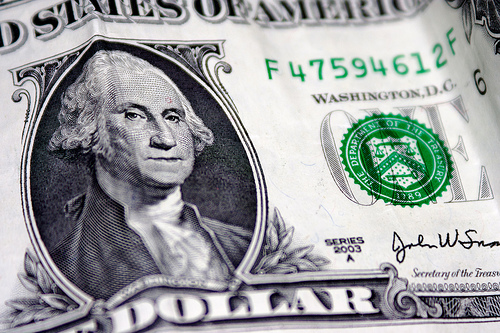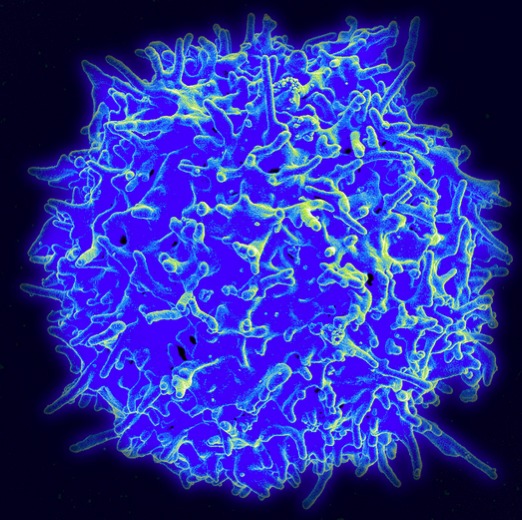Investors looking for alternative sources of yield have favored dividend-paying stocks in a low-rate environment for bonds. However, buybacks are an often-overlooked way that companies can return capital to shareholders.
There are also fundamental reasons why investors may want to incorporate buybacks into their dividend strategies. Companies paying dividends and repurchasing their own shares are among the best stock performers this year.
“I’m not exactly sure why dividends and buybacks have been in the sweet spot in 2013,” said David Fried, who manages the Buyback Income Index Portfolio on Covestor. “However, stocks with high dividends, share buybacks and low price-to-book valuations tend to outperform over longer periods.”
The portfolio focuses on income-generating companies buying back their shares that also meet Fried’s proprietary screens. He may sift for companies showing strong cash flows or earnings momentum, for example, to find businesses that are healthy enough to continue paying dividends. The idea is to avoid companies that have high dividend yields because they are distressed.
Buyback Income Index is a relatively concentrated portfolio, typically holding 10 stocks or less.
Fried, who pens The Buyback Letter, said the strategy is similar to the Buyback Index Portfolio on Covestor, but with a dividend component.
He said the approach of combining dividends and buybacks has gained some traction recently, with some newer ETFs adopting the strategy. One example is Cambria Shareholder Yield ETF (SYLD), which hunts for companies that are returning capital to shareholders with dividends, stock buybacks and paying down debt.
The concept of “shareholder yield” has become more popular in recent years as some investors turn to stocks and dividends for yield, rather than bonds with low interest rates.
“I do think about the impact of more people following the dividend and buyback strategy,” Fried said. The potential worry is that more investors adopting the approach will take away some of the historical performance edge.
Since 1990, a shareholder yield approach combining high dividends and share buybacks has produced better returns than a dividend approach alone.
Buybacks have the added benefit of company management indicating it thinks the stock is undervalued. However, Fried points out that not all buyback plans are created equal.
“Some companies are signaling the shares are cheap, such as after a market decline. When the market rebounds, they may stop buying back shares,” he said. “Some companies follow through even after the market recovers because they think their shares are a long-term bargain – we really like to see that.”
Photo Credit: c_ambler
The investments discussed are held in client accounts as of October 31, 2013. These investments may or may not be currently held in client accounts. The reader should not assume that any investments identified were or will be profitable or that any investment recommendations or investment decisions we make in the future will be profitable. Dividends reflect past performance and there is no guarantee they will continue to be paid. Past performance is no guarantee of future results.




